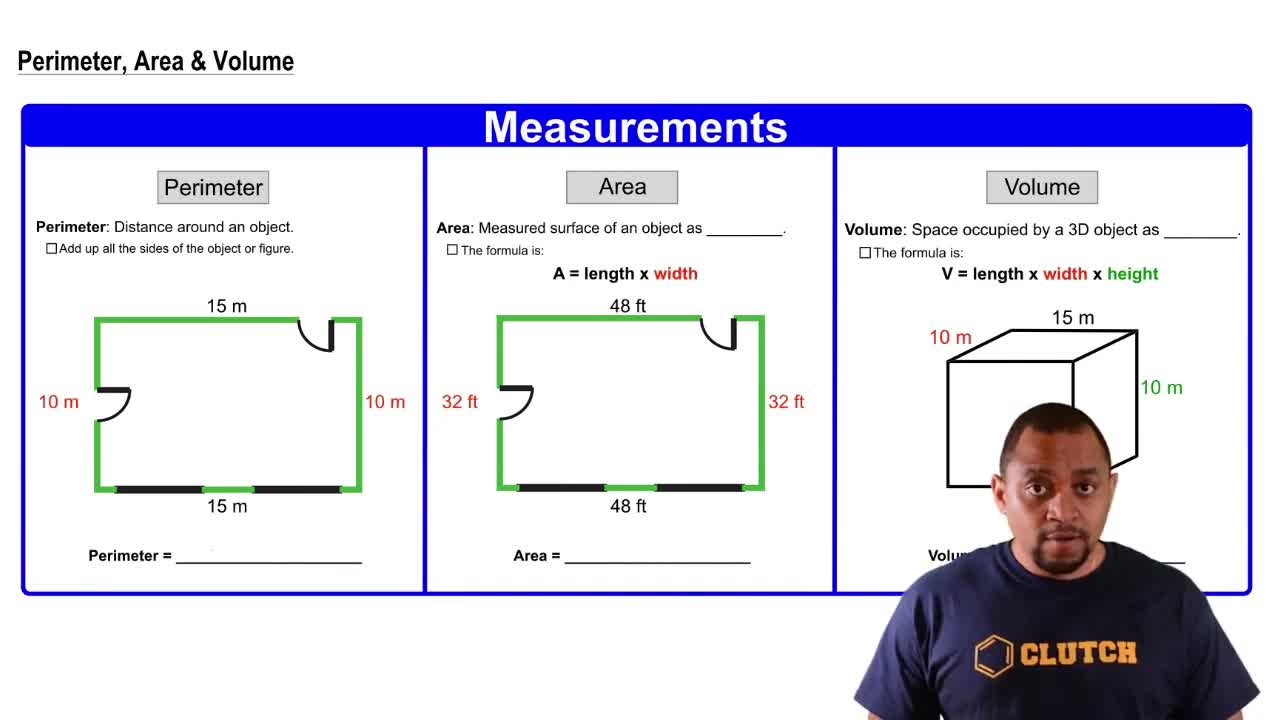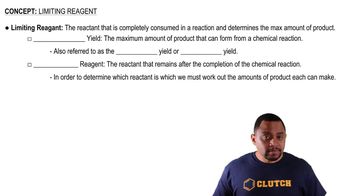Here are the essential concepts you must grasp in order to answer the question correctly.
Surface Area to Volume Ratio
The surface area to volume ratio is crucial in catalysis because reactions occur at the surface of the catalyst. Smaller particles have a higher surface area relative to their volume, allowing more active sites for reactants to interact. This increased surface area enhances the catalyst's effectiveness, leading to faster reaction rates.
Recommended video:
Catalytic Activity
Catalytic activity refers to the ability of a catalyst to increase the rate of a chemical reaction without being consumed in the process. The particle size of a catalyst can influence its activity; smaller particles often exhibit higher activity due to more available active sites and better accessibility for reactants, which can lead to improved reaction efficiency.
Recommended video:
Diffusion Limitations
Diffusion limitations occur when reactants cannot reach the active sites of a catalyst quickly enough, which can hinder reaction rates. In heterogeneous catalysis, smaller particle sizes can reduce these limitations by allowing reactants to penetrate the catalyst more easily, thus facilitating faster reactions and improving overall catalytic performance.
Recommended video:

 Verified step by step guidance
Verified step by step guidance


